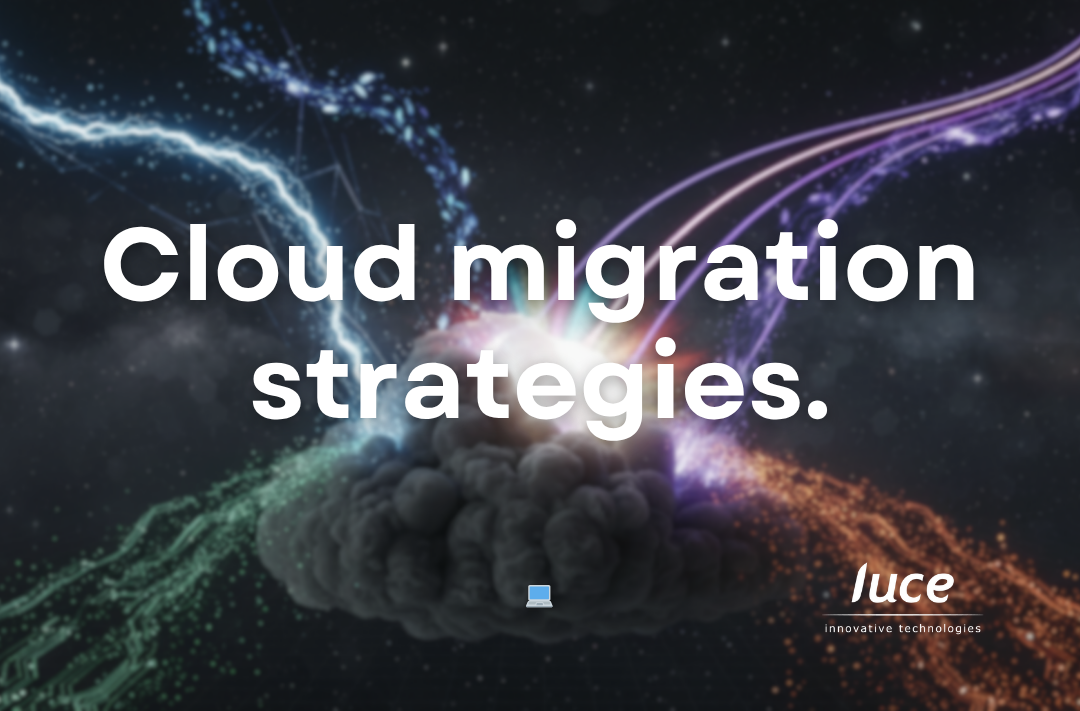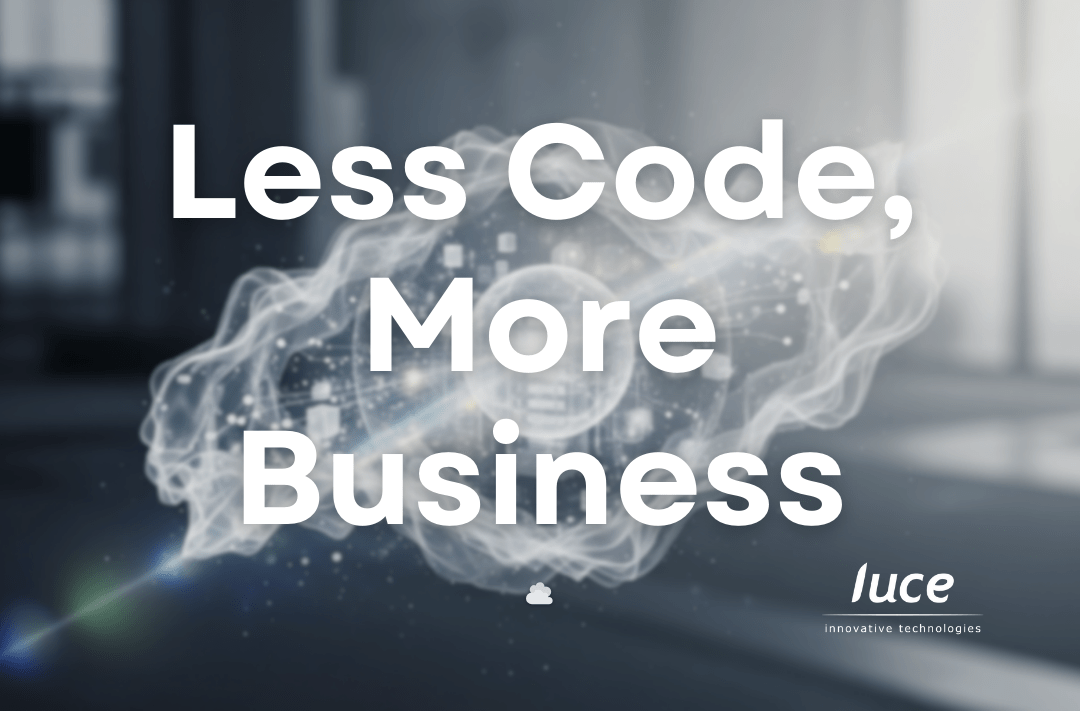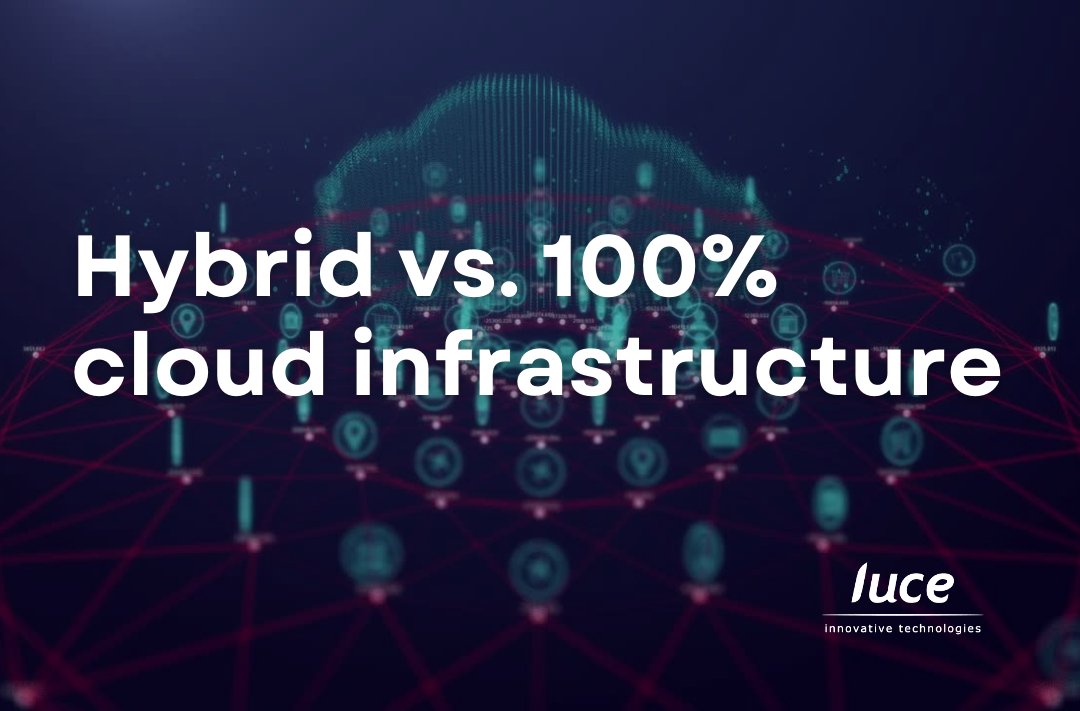
Lift & Shift, Replatform or Refactor? Cloud migration strategies
Migrating to the cloud isn’t just about “moving things”—it’s about deciding what you want to achieve with each application. Here is a practical and straightforward guide to the most common migration strategies (and when to choose each one).
What each strategy is (the most common “Rs”)
Rehosting (Lift & Shift).
Moving the application to the cloud as-is, without architectural changes. It’s fast and cheap in the short term. Ideal for legacy applications that you need to move urgently, but it doesn’t fully leverage native cloud benefits.
Replatforming (Lift & Reshape).
Making small, specific changes to use managed cloud services (for example, replacing a self-managed database with a managed DB service). It requires more work than a lift & shift but offers gains in operability and operational costs.
Refactoring / Re-architecting.
Redesigning the application to be cloud-native: microservices, containers, serverless, etc. This is the option that offers the greatest scalability, resilience, and innovation speed, but it is also the most expensive and time-consuming.
Repurchasing (SaaS).
Replacing the application with an existing SaaS solution. This eliminates operational responsibility and allows for quick adoption; it’s a good fit when the standard functionality and recurring cost align with the business.
And which one is better
- Migration speed: Rehosting > Repurchasing ≈ Replatforming > Refactoring.
- Initial cost: Rehosting and Repurchasing are usually cheaper at the beginning; refactoring is the most expensive.
- Long-term benefits (scalability, agility): Refactor > Replatform > Rehosting.
- Technical risk: Refactor involves greater project complexity; rehosting carries the risk of “lift & shift” with operational cost inefficiencies.
Decision Tree for Choosing a Migration Strategy
- Is the application critical to the business strategy?
- Yes → go to 2.
- No → consider Rehosting or Repurchasing if a suitable SaaS is available.
- Does the application have modern and modular code?
- Yes → Refactoring to gain native benefits.
- No → go to 3.
- Is it necessary to reduce the operational load now?
- Yes → Replatforming (move to managed services).
- No → Rehosting as a temporary solution while planning for modernization.
- Is there a SaaS solution that covers key needs without compromising security or compliance?
- Yes → Repurchasing may be the best option.
- No → choose between Replatforming or Refactor depending on the timeline and budget.
Use this on a per-application basis: a company usually combines several strategies depending on the priority and technical state of each system.
Why choosing well matters
The chosen strategy directly affects costs (TCO), innovation speed, and the ability to scale. A lift & shift can solve an urgent need, but maintaining an unoptimized architecture in the cloud often translates into unnecessary operational costs. A refactor requires investment but prepares the organization to launch features faster, react to the market, and optimize costs in the medium to long term.
Practical Recommendations
- Take inventory and prioritize by business value and technical complexity.
A useful inventory is not just a list: it records the owner, versions, and associated data, draws a dependency map, and classifies each application by impact and complexity. With this information, you can decide on a per-application basis whether to move it as-is, replatform it, refactor it, or replace it with SaaS, and assign clear responsibilities for each step.
- Start with small wins: replatforming components that reduce operational load and testing refactoring on critical services.
Look for operational components (databases, queues, backups) that, when migrated to managed services, reduce operational load and risk; run a controlled pilot on a representative app and document runbooks and rollback criteria. These quick successes validate the methodology and make it easier to tackle more complex refactors on strategic services.
- Measure: define KPIs (cost, latency, deployment time) before and after.
Establish a baseline (monthly TCO, p95/p99 latency, deployment frequency, MTTR) and automate data collection in comparative dashboards. Measure during the migration and review periodically to adjust sizing and budgets (FinOps); this way, you will know with data if the migration is providing real value.
- Security and compliance: do not sacrifice regulatory requirements in quick migrations.
Before migrating, map legal requirements per application (GDPR, PCI, etc.) and ensure equivalent controls in the cloud: encryption in transit/at rest, secrets management, and least-privilege policies. Integrate automated scans and security tests into the pipelines to avoid rework and reputational risks.
If you need support to evaluate and execute a migration, at Luce IT we help organizations of all sizes to define the strategy per application and support the execution (from lift & shift to refactor and SaaS adoption). We work with Google Cloud, Microsoft, and other platforms to adapt the solution to your objectives. If you wish, we can accompany you in the planning and execution.
Luce IT, your trusted technology innovation company
The Luce story is one of challenge and non-conformity, always solving value challenges using technology and data to accelerate digital transformation in society through our clients.
We have a unique way of doing consulting and projects within a collegial environment creating “Flow” between learning, innovation and proactive project execution.
At Luce we will be the best by offering multidisciplinary technological knowledge, through our chapters , generating value in each iteration with our clients, delivering quality and offering capacity and scalability so they can grow with us.
>> The voice of our customers – Rated 9 in 2024
>> Master Plan 2025: Winning the game



